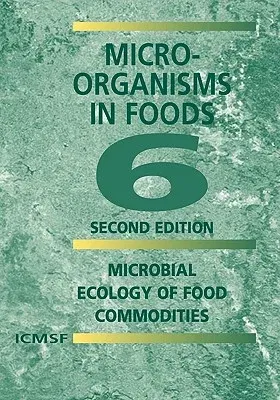The second edition ofMicrobiologyofFoods6:
MicrobialEcologyofFoodCommodities was written by the ICMSF, comprising
16 scientists from 11 countries, plus consultants and other contributors
to chapters. The intention of the second edition was to bring the ?rst
edition (published in 1996) up to date, taking into account developments
in food processing and packaging, new products, and recognition of new
pathogens and their control acquired since the ?rst edition.
Theoverallstructure ofthechapters hasbeen retained,
vizeachcovers(i)theimportantpropertiesof
thefoodcommoditythataffectitsmicrobialcontentandecology,
(ii)theinitialmicro?oraatslaughteror harvest, (iii) the effects of
harvesting, transportation, processing, and storage on the microbial
content, and (iv) an assessment of the hazards and risks of the food
commodities and (v) the processes applied to control the microbial load.
In 1980s, control of food safety was largely by inspection and
compliance with hygiene regulations, together with end-product
testing.MicroorganismsinFoods2: SamplingforMicrobiologicalAnalysis:
PrinciplesandSpeci?cApplications(2nded.1986)putsuchtestingonasounderstatisticalbasisthrough
samplingplans,
whichremainusefulwhenthereisnoinformationontheconditionsunderwhichafood
has been produced or processed, e.g. at port-of-entry. At an early
stage, the Commission recognized that no sampling plan can ensure the
absence of a pathogen in food. Testing foods at ports of entry, or
elsewhere in the food chain, cannot guarantee food safety.

